Shape Recognition Worksheets for Ages 4-7
132 filtered results
-
From - To
Unlock the world of fun learning with our Shape Recognition Worksheets for ages 4-7! Designed to engage young minds, these worksheets effortlessly merge play and education. Through vibrant activities and interactive tasks, children will explore basic shapes like circles, squares, triangles, and more. Ideal for both classroom and home use, they foster essential skills such as observation, fine motor abilities, and early geometry understanding. Encourage your little learners to recognize and appreciate the shapes around them, boosting their confidence and paving the way for future math success. Make learning an exciting adventure with our expertly crafted worksheets!
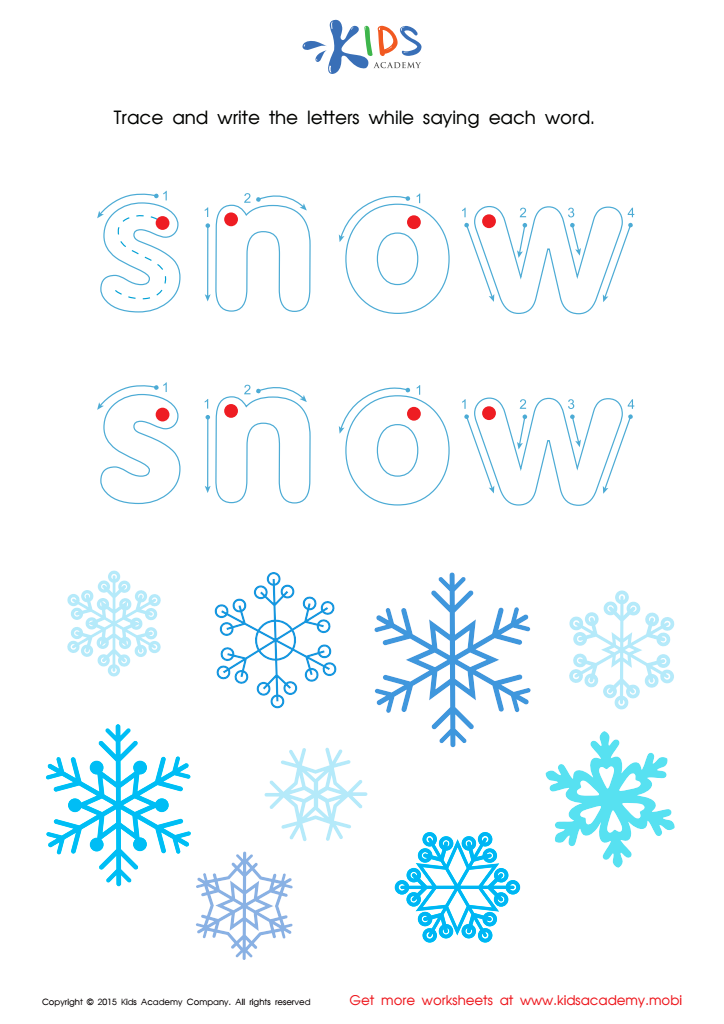

Snowflake Tracing Winter Words Worksheet
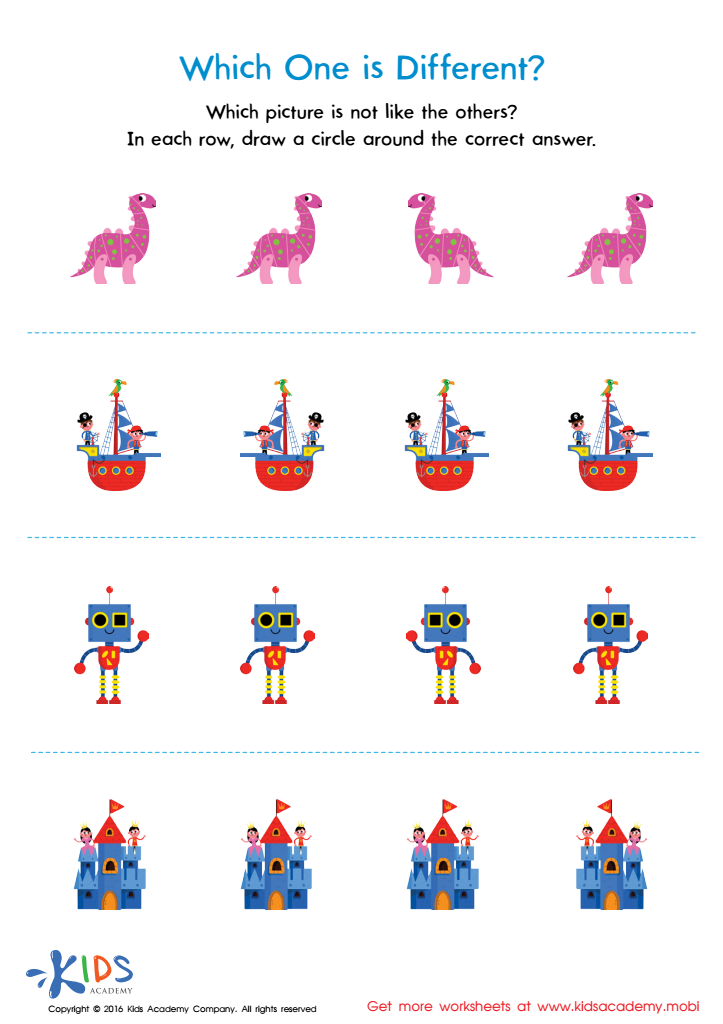

Which One Is Different Worksheet


Let's Count Faces! Worksheet
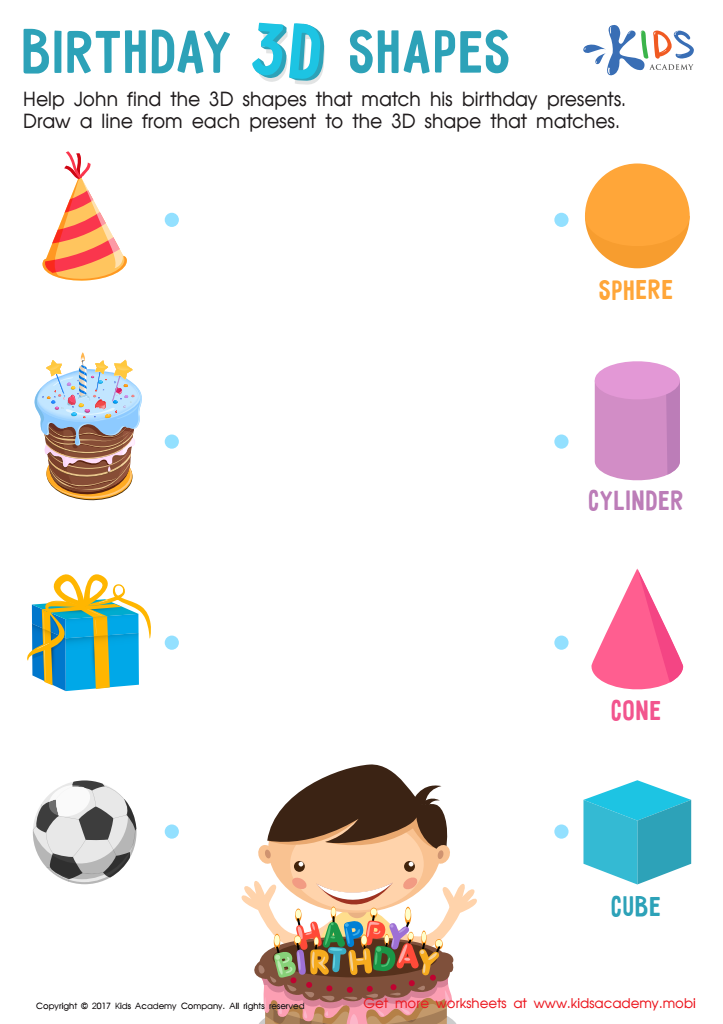

Birthday 3D Shapes Worksheet
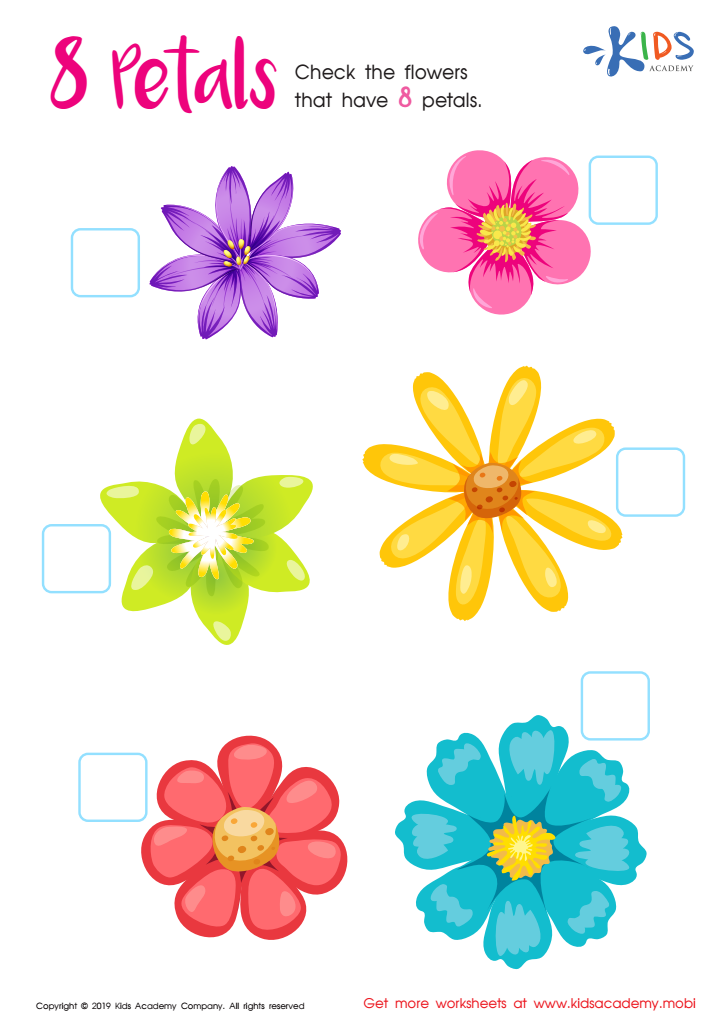

8 Petals Worksheet


Find the Curved Lines! Worksheet


Cone Hide-and-Seek Worksheet
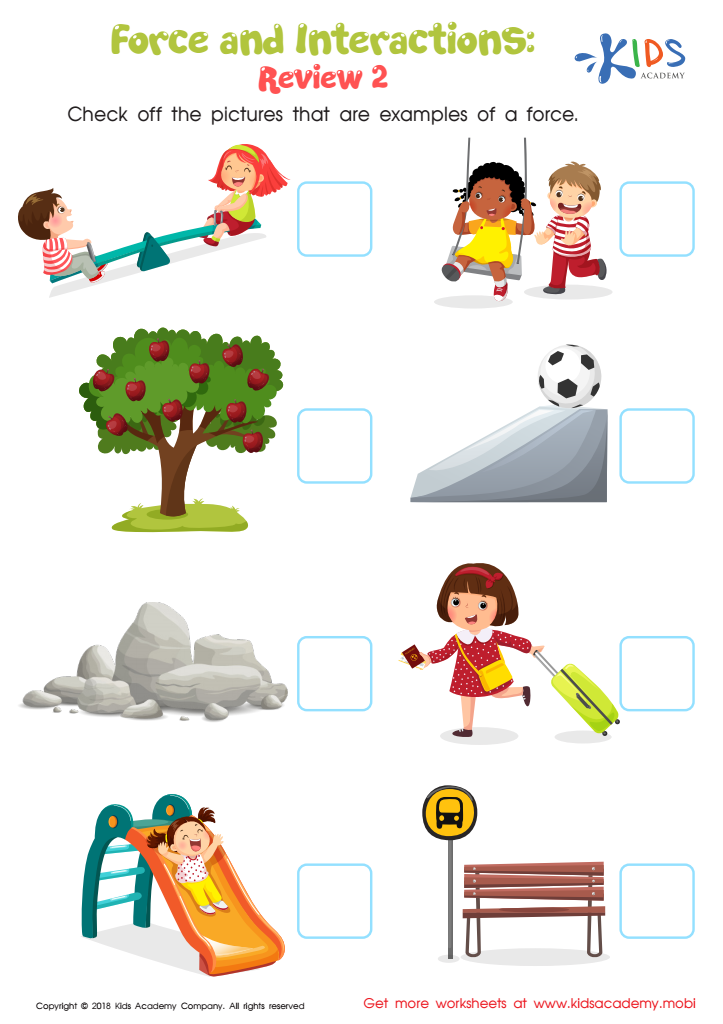

Force and Interactions: Review 2 Worksheet
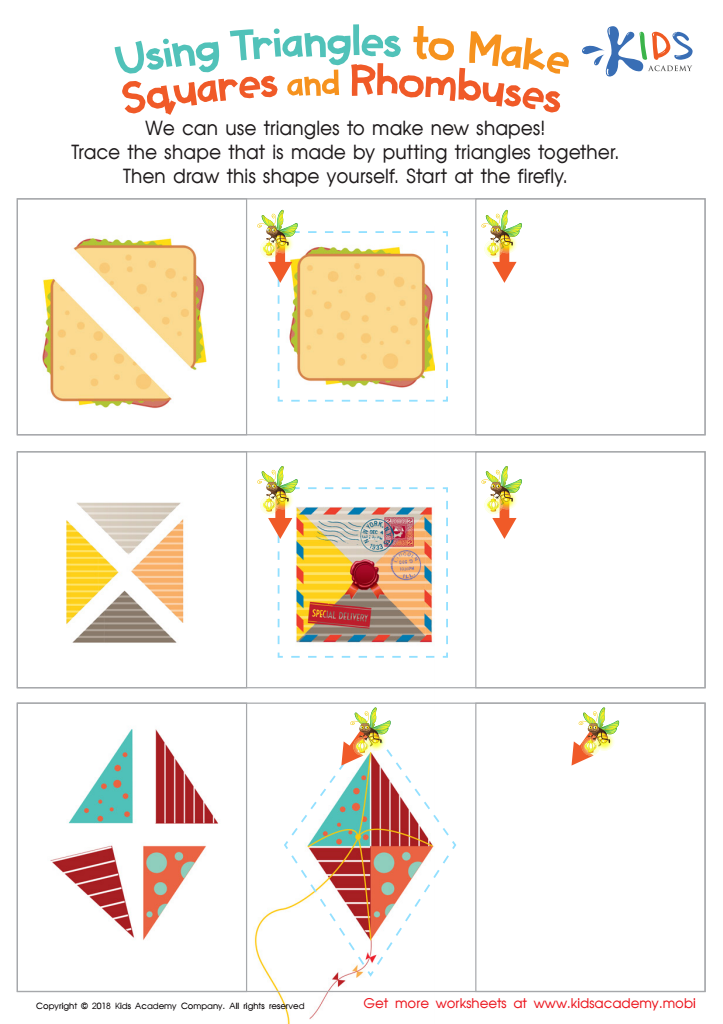

Using Triangles to Make Squares and Rhombuses Worksheet
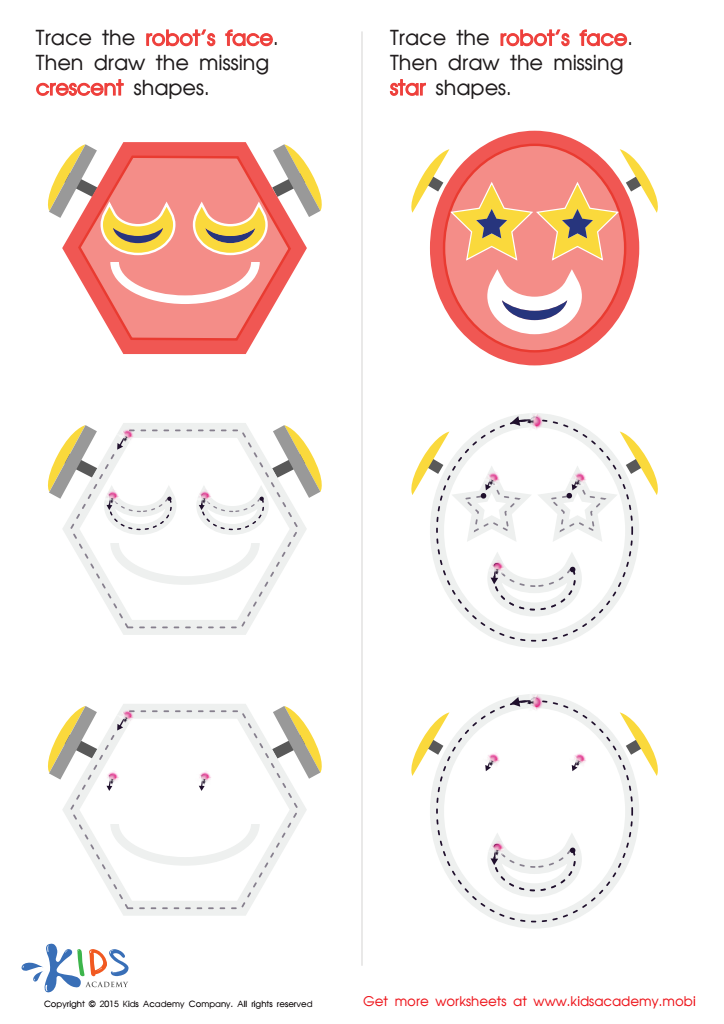

Composing a Robot's Face of Crescents And Stars Worksheet
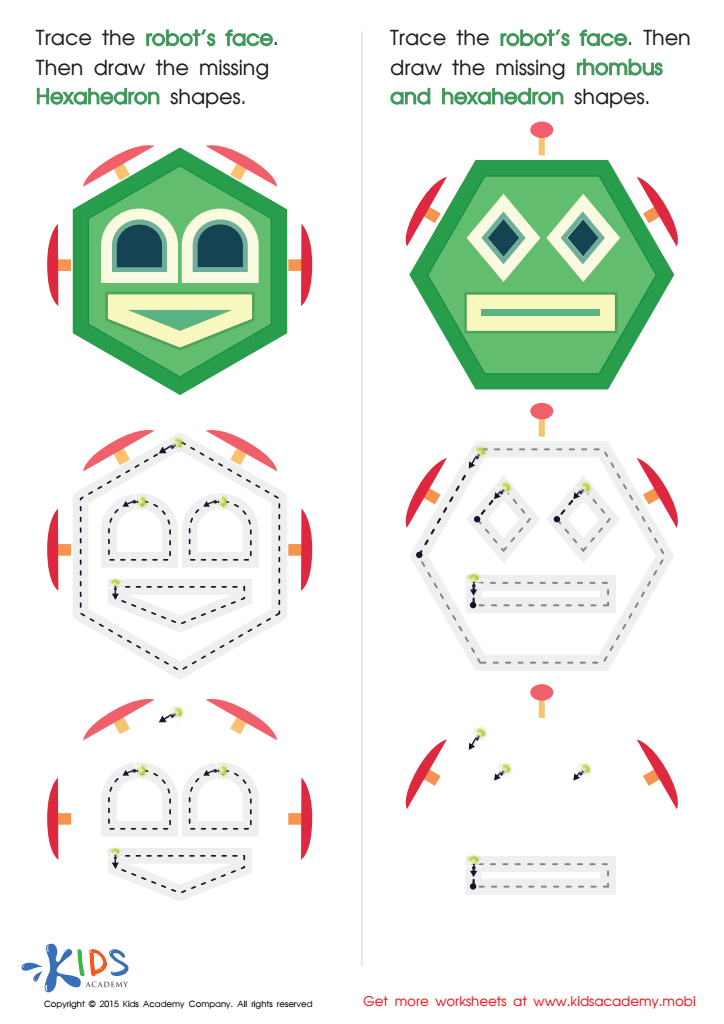

Practice Drawing Hexahedrons And a Rhombus Worksheet
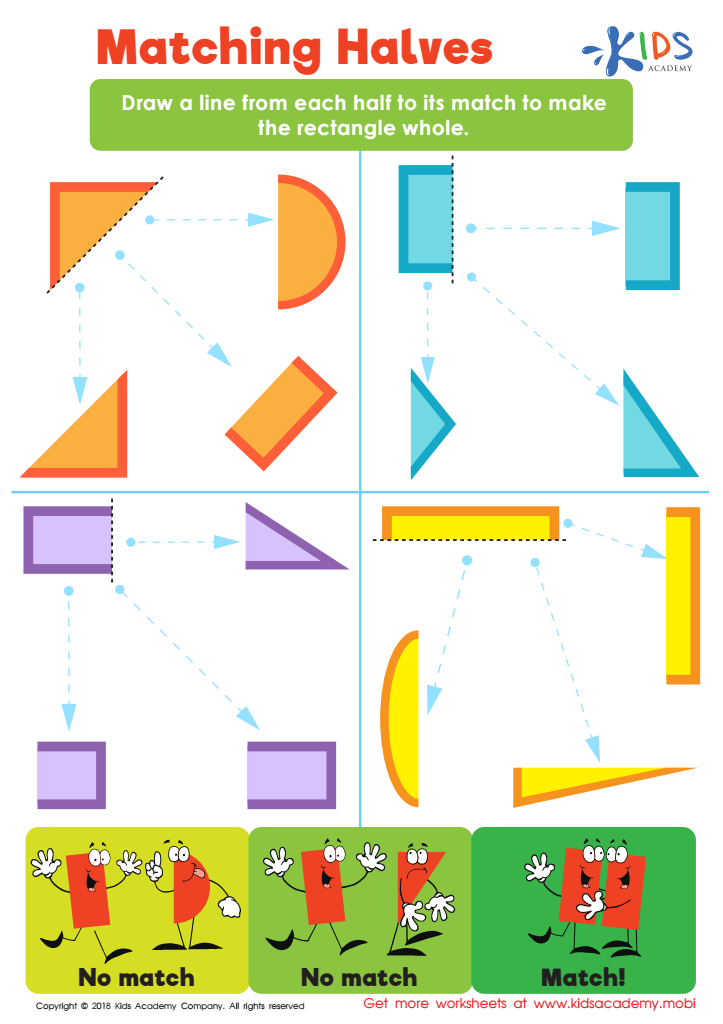

Matching Halves Worksheet
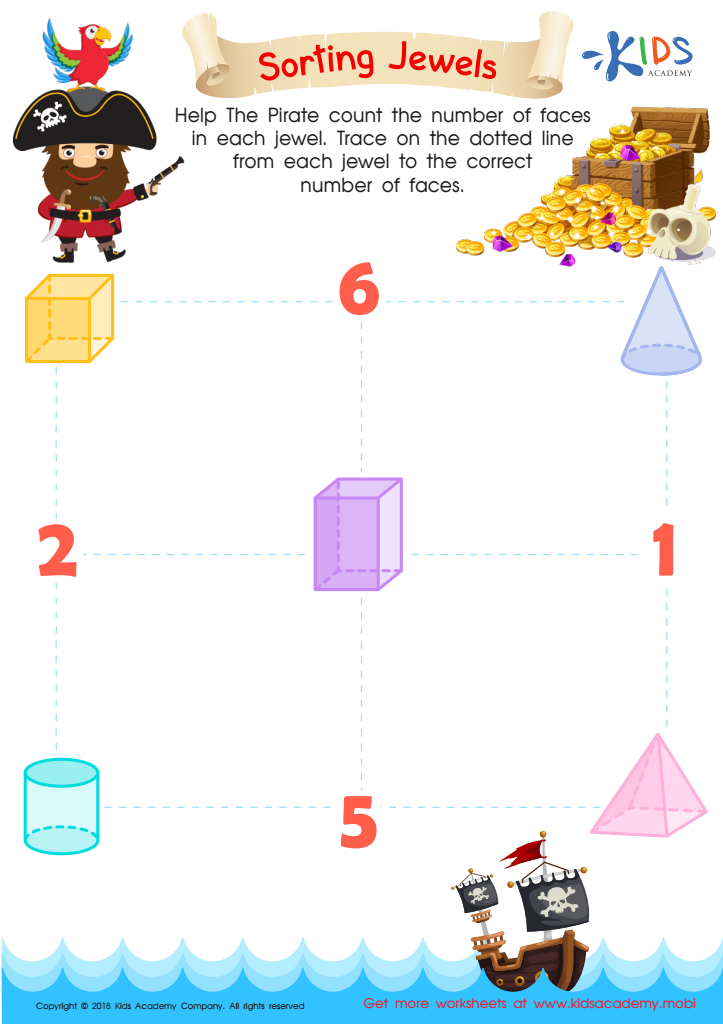

Sorting Jewels Worksheet


Faces of 3D Shapes Worksheet
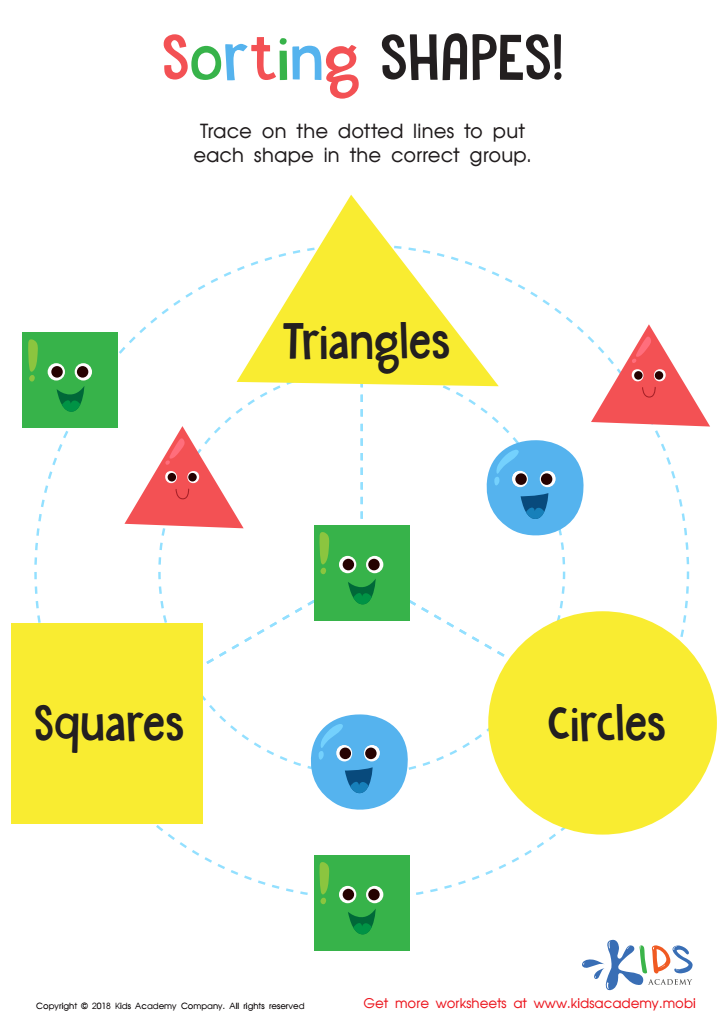

Sorting Shapes - Part 3 Worksheet
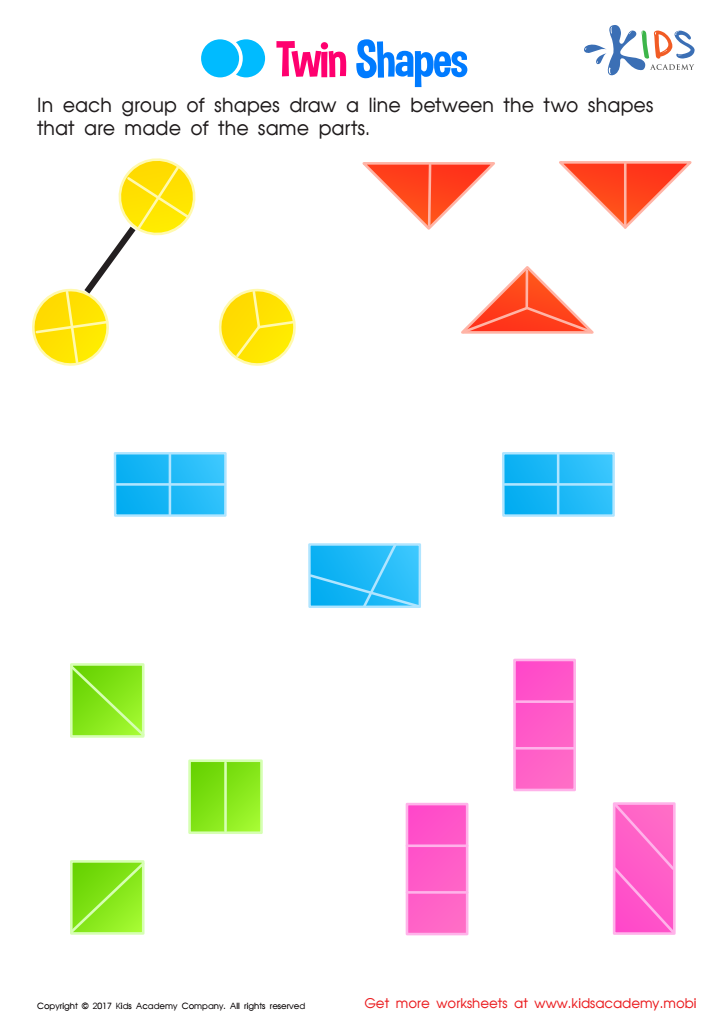

Twin Shapes Worksheet
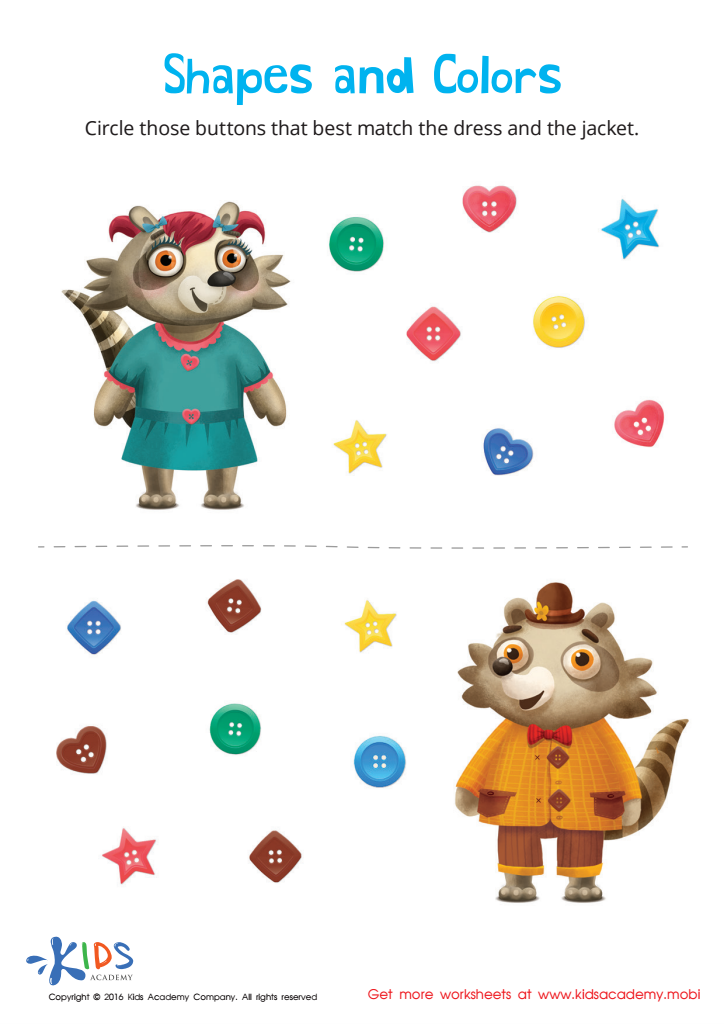

Matching: Shapes and Colors Worksheet
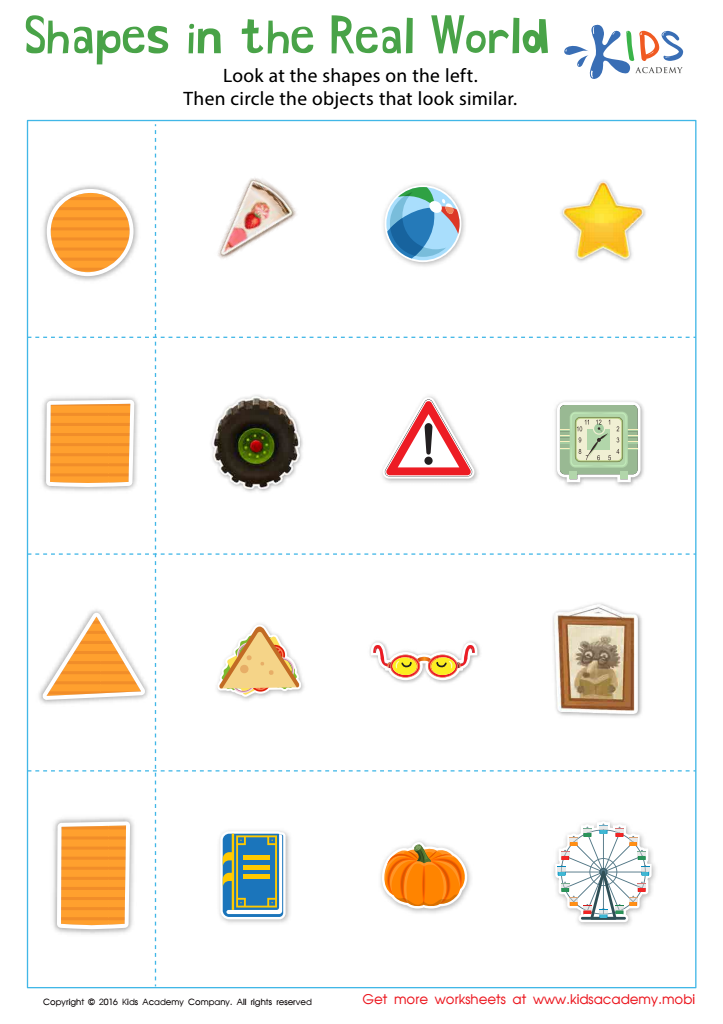

Shapes in the Real World Worksheet
Shape recognition is an essential foundational skill that parents and teachers should nurture in children aged 4-7 for several critical reasons. Firstly, understanding shapes forms the basis of more advanced mathematical concepts such as geometry, measurement, and spatial reasoning. When children can identify and differentiate between shapes, they develop the skills required to comprehend size, weight, and how different shapes relate to each other in space.
Early shape recognition also supports cognitive development by honing visual perception and memory. Kids start to recognize patterns, improving their ability to categorize and organize information, which is a crucial part of problem-solving and critical thinking skills. Additionally, shape recognition aids in language development, as children learn the names and attributes of various shapes, enriching their vocabulary and ability to describe the world around them.
Furthermore, artistic abilities are sharpened when children work with shapes, boosting creativity and fine motor skills through activities like drawing, cutting, and assembling shapes. This also enhances hand-eye coordination, an essential skill for writing and day-to-day tasks.
Emotionally, mastering shape recognition can give children a sense of accomplishment, boosting their self-esteem and motivation for learning. Collectively, these skills set a solid foundation for future academic success, making it crucial for parents and teachers to prioritize shape recognition activities during early childhood.
 Assign to My Students
Assign to My Students



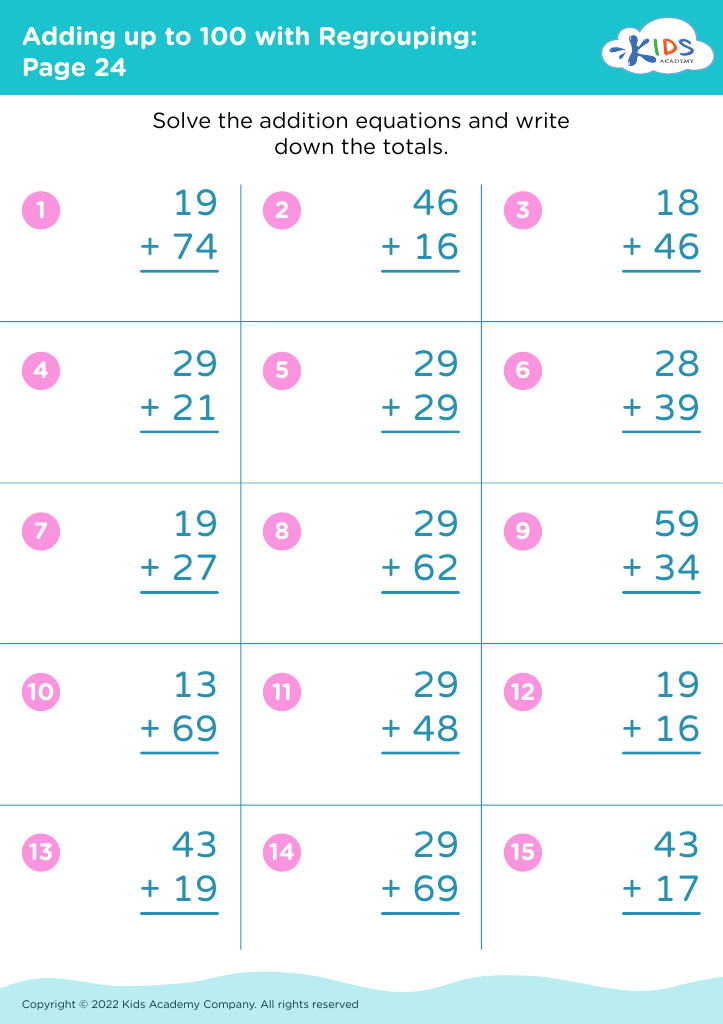
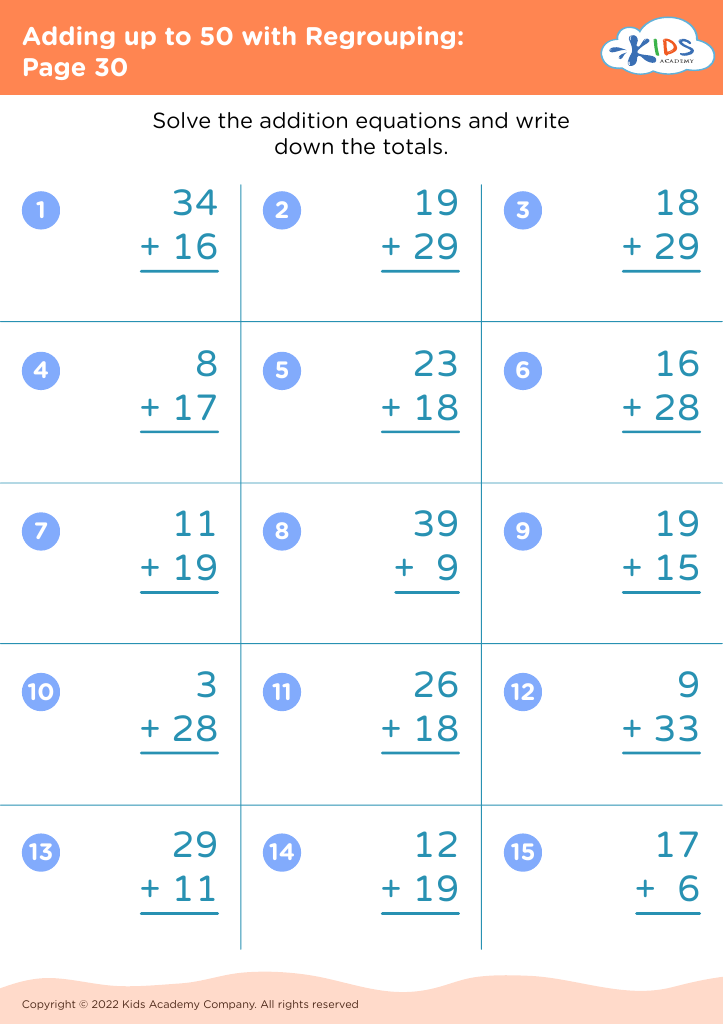
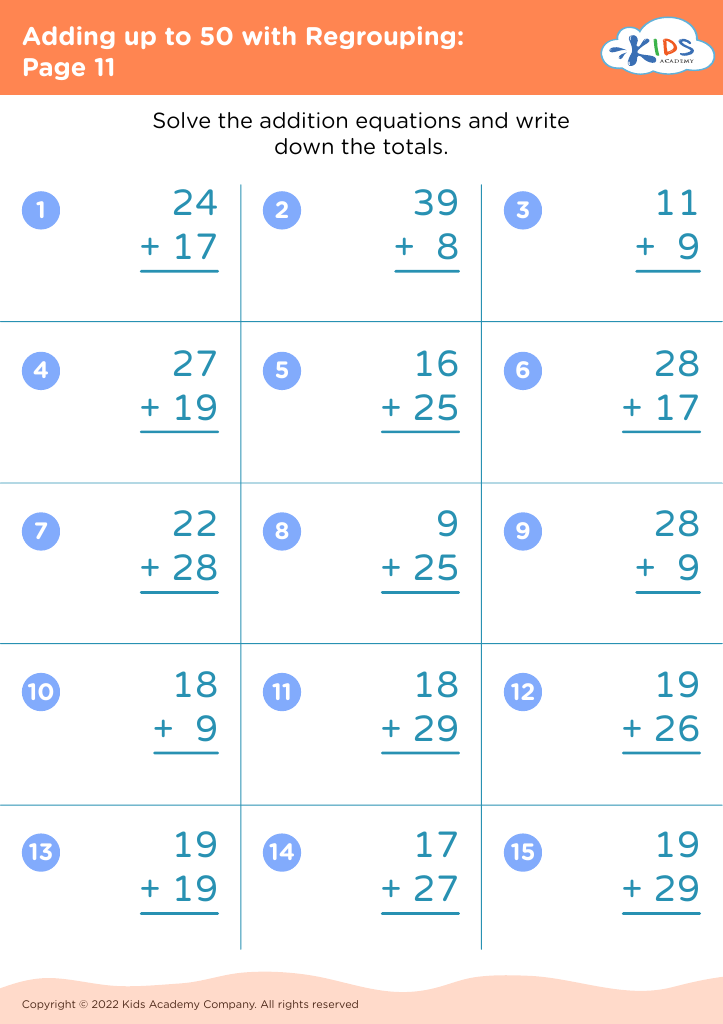

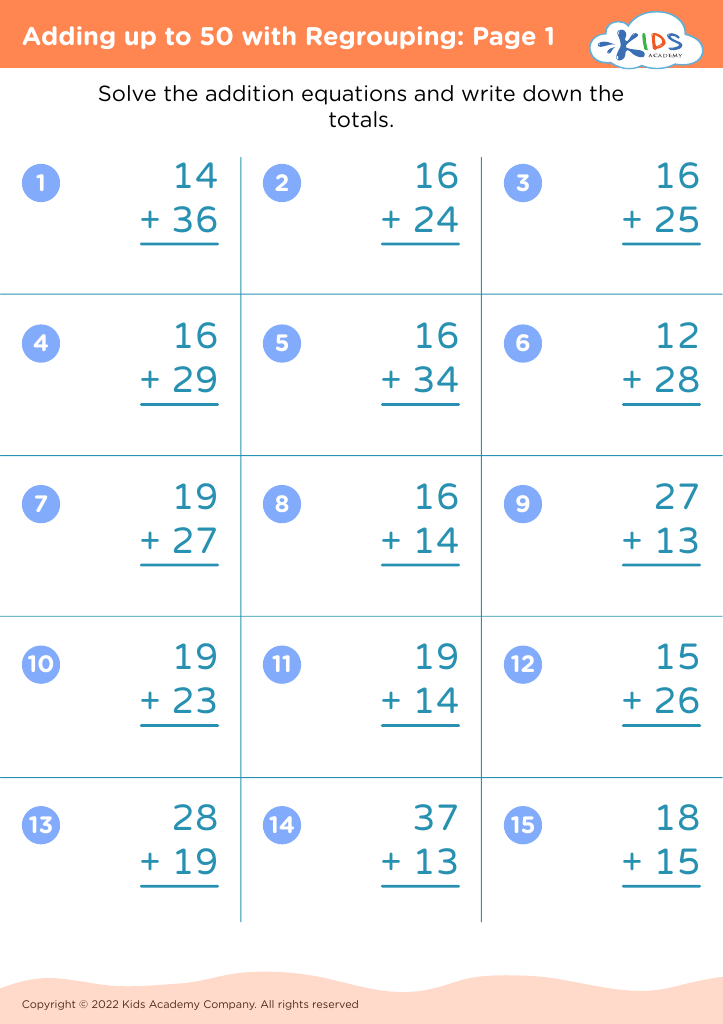
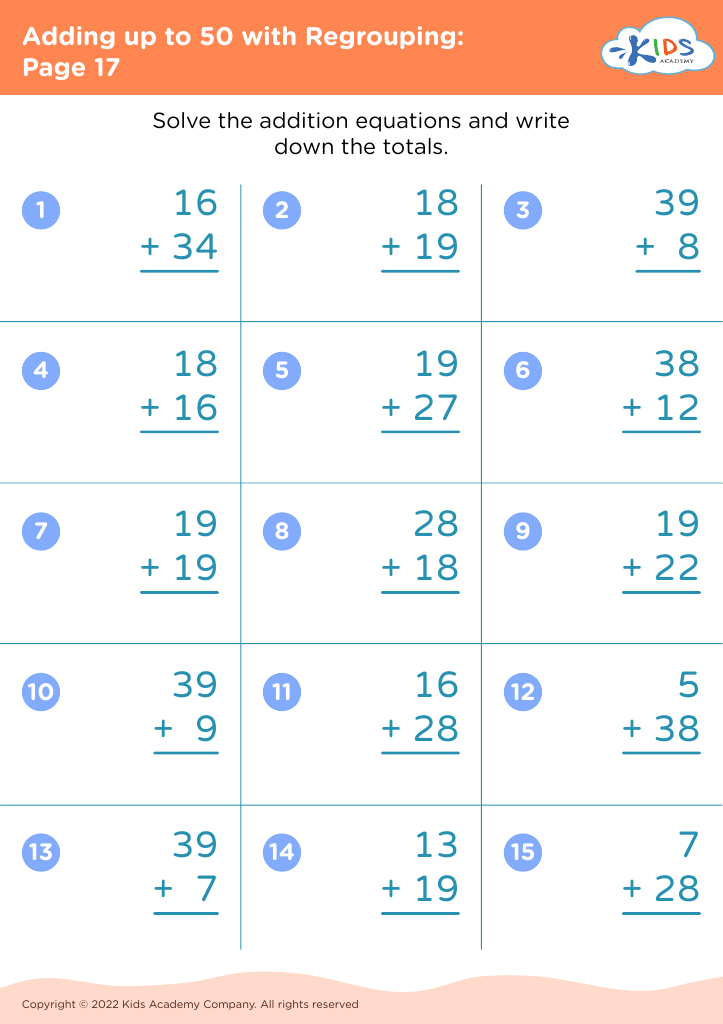








.jpg)










